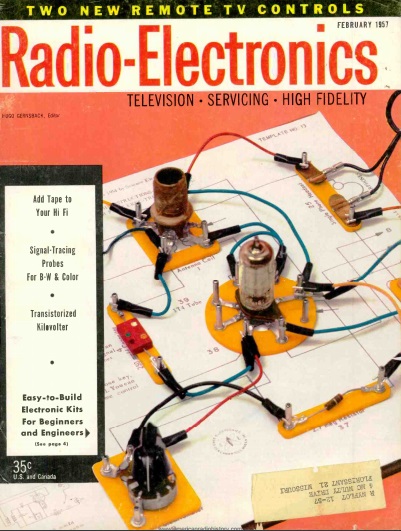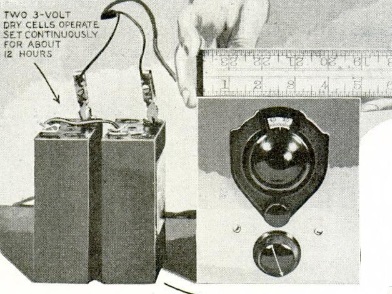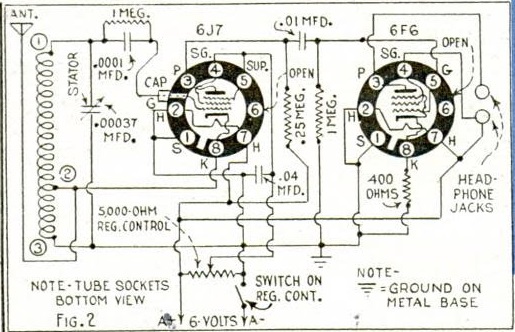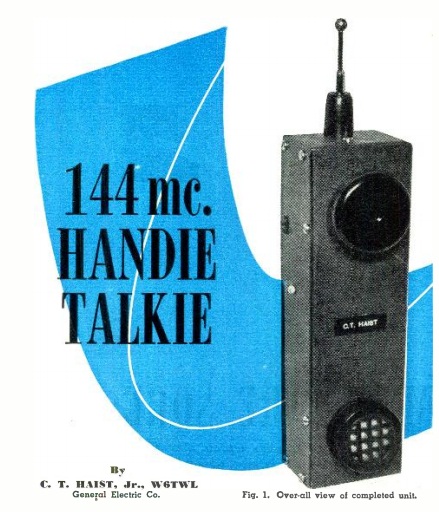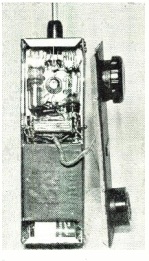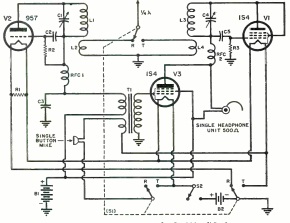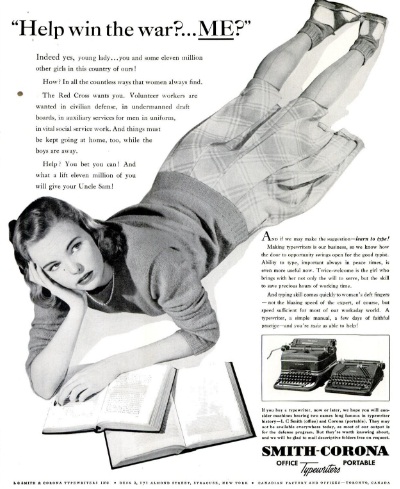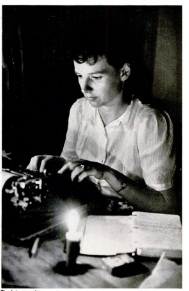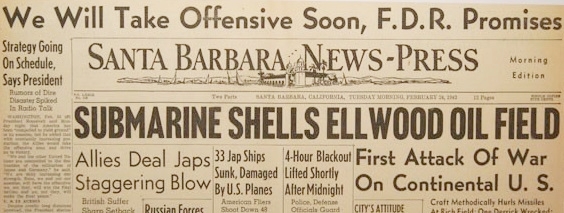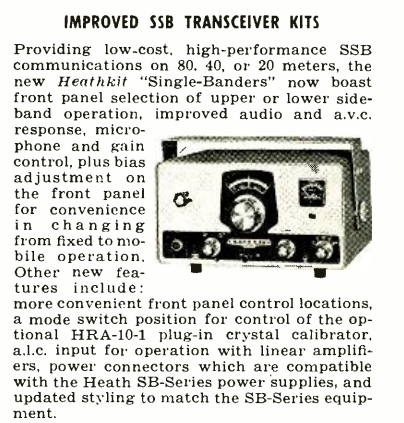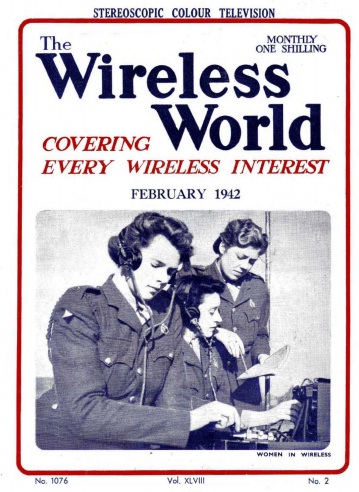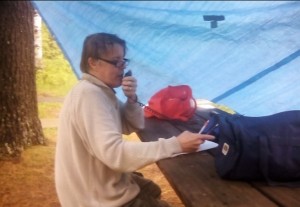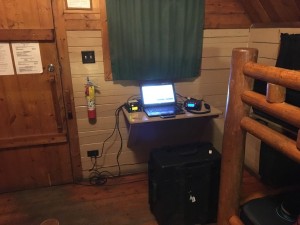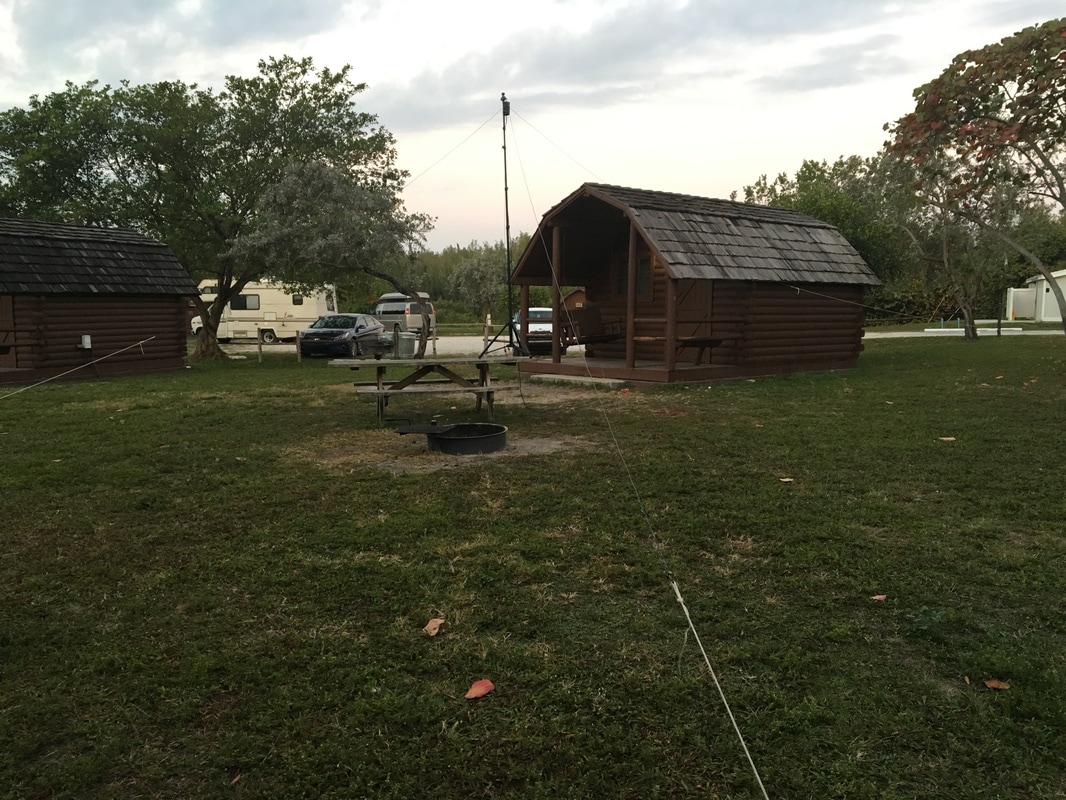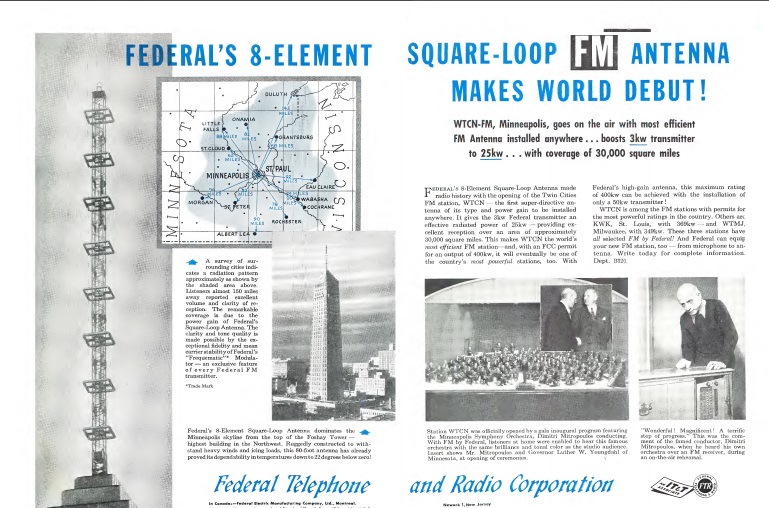The ARRL National Parks On The Air (NPOTA) event concluded on December 31, 2016. During this year-long event to celebrate the 100th anniversary of the National Park Service (NPS), Amateur Radio operators set up their stations in NPS units to make contacts with other stations at home.
1494 hams participated as “activators” by setting up stations in the parks, and almost 17,000 participated by making contacts with them. A total of just over 1.1 million individual two-way contacts resulted. I closed out the year with a total of 59 activations, putting me in 64th place nationwide. I made contact with 329 different parks, giving me a ranking of 386th place out of those 17,000.
The March 2017 issue of QST contains an excellent article summarizing the year’s activity, and it is available for free PDF download at the ARRL website.
Even though NPOTA has now ended, there was a great deal of interest in continuing it in some fashion. The activity isn’t as frenzied, but many hams are continuing to get out to the parks and do activations as part of World Wide Flora and Fauna in Amateur Radio (WWFF). WWFF is a very similar concept to NPOTA, but as the name implies, it is worldwide.
The program got its start in about 2008 in Russia by the Russian Robinson Club, and has been very popular in Australia and Europe. During my activations, there were a number of familiar European stations who kept working me, undoubtedly as part of the WWFF program. With the tie-in to NPOTA, the North American chapter of WWFF has achieved similar popularity.
While NPOTA focused on National Parks and other NPS properties, WWFF includes many other parks, including most state parks in the United States. I haven’t been on the air yet from the parks, but in addition to the local NPS units I was able to activate in 2016, I can now do similar operations from other metro area locations, such as William O’Brien State Park, Fort Snelling State Park, and Afton State Park, as well as from most of the other state parks in Minnesota and surrounding states.
Most of my activations during 2016 focused on metro-area parks, but some of them, such as my activations of the Lewis & Clark Trail and the Herbert Hoover National Historic Site, were done in conjunction with business travel. Great minds obviously think alike, as shown by Vance, N3VEM‘s recent activation of a metropolitan park in Florida while traveling for business.
As he details at his blog, he recently had a business trip to Florida from his home in Pennsylvania. He immediately began researching parks in the area, and discovered Oleta River State Park, which is actually located minutes from downtown Miami. Rather than book a stay in a more conventional hotel, he rented a rustic cabin at the park, which allowed him do his activation after work. He packed his FT-857, which is almost identical to the FT-817 I used for most of my activations, the difference being that his radio puts out 100 watts as opposed to my 5 watts. His complete station set up in the cabin is shown at the left. His antenna consisted of dipoles for 40 and 20, shown below.
One of the major successes of the NPOTA program was to encourage hams to learn new operating techniques. In particular, many hams discovered that Morse code (CW) can be extremely effective if conditions are marginal or if the station is less than optimum. Because NPOTA focused on portable operations, most of the activators were using stations that were less than optimal. For that reason, more than one ham discovered or rediscovered how effective CW can be, even with extremely simple equipment.
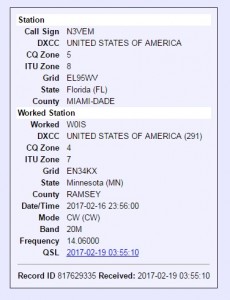 It looks like that tradition is continuing with WWFF, since N3VEM became one of the hams to discover CW. Vance has been licensed only since 2014, and by the time he got his license, the requirement to pass a code test to get a license had been gone for a number of years. But even though it’s no longer required, it’s still permitted, and he used this activation to make his first ever CW contacts. And his very first CW contact was with me!
It looks like that tradition is continuing with WWFF, since N3VEM became one of the hams to discover CW. Vance has been licensed only since 2014, and by the time he got his license, the requirement to pass a code test to get a license had been gone for a number of years. But even though it’s no longer required, it’s still permitted, and he used this activation to make his first ever CW contacts. And his very first CW contact was with me!
To show how versatile CW can be, it should be pointed out that Vance didn’t even have a key with him. But like my radio, his allows the microphone to be used as an emergency key, and he used the mike buttons to send the dots and dashes. When I worked him, the band conditions between Florida and Minnesota were very poor, and I could barely hear his signal. It would have been absolutely impossible to work him using voice. But with CW, it was a fairly easy contact, despite his signal being almost completely buried in the noise.
Our first CW QSO was very slow, probably about 5 words per minute. But I’m sure he’ll discover that speed will increase rapidly as he gets on the air, and I have no doubt that I’ll have future CW QSO’s with him.

